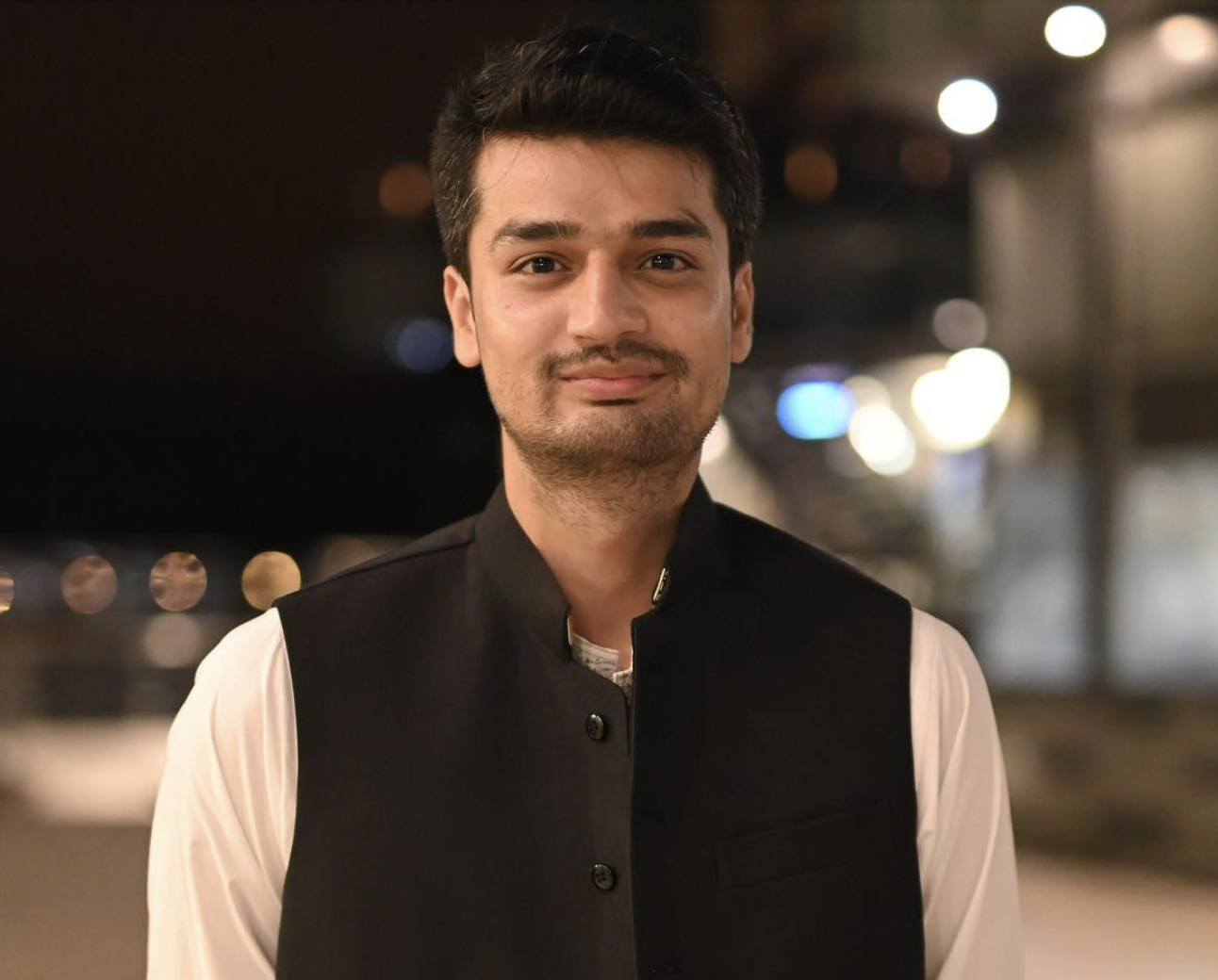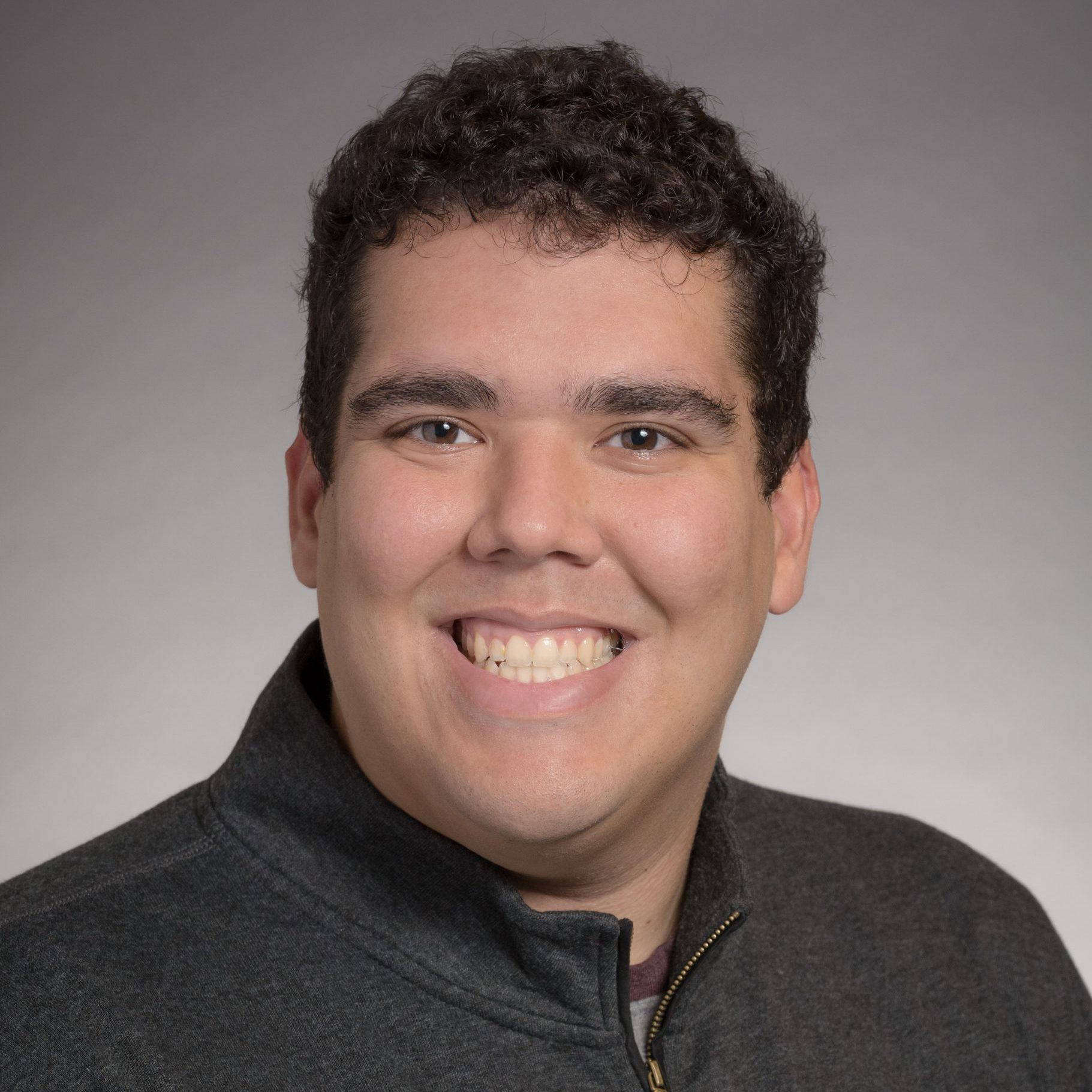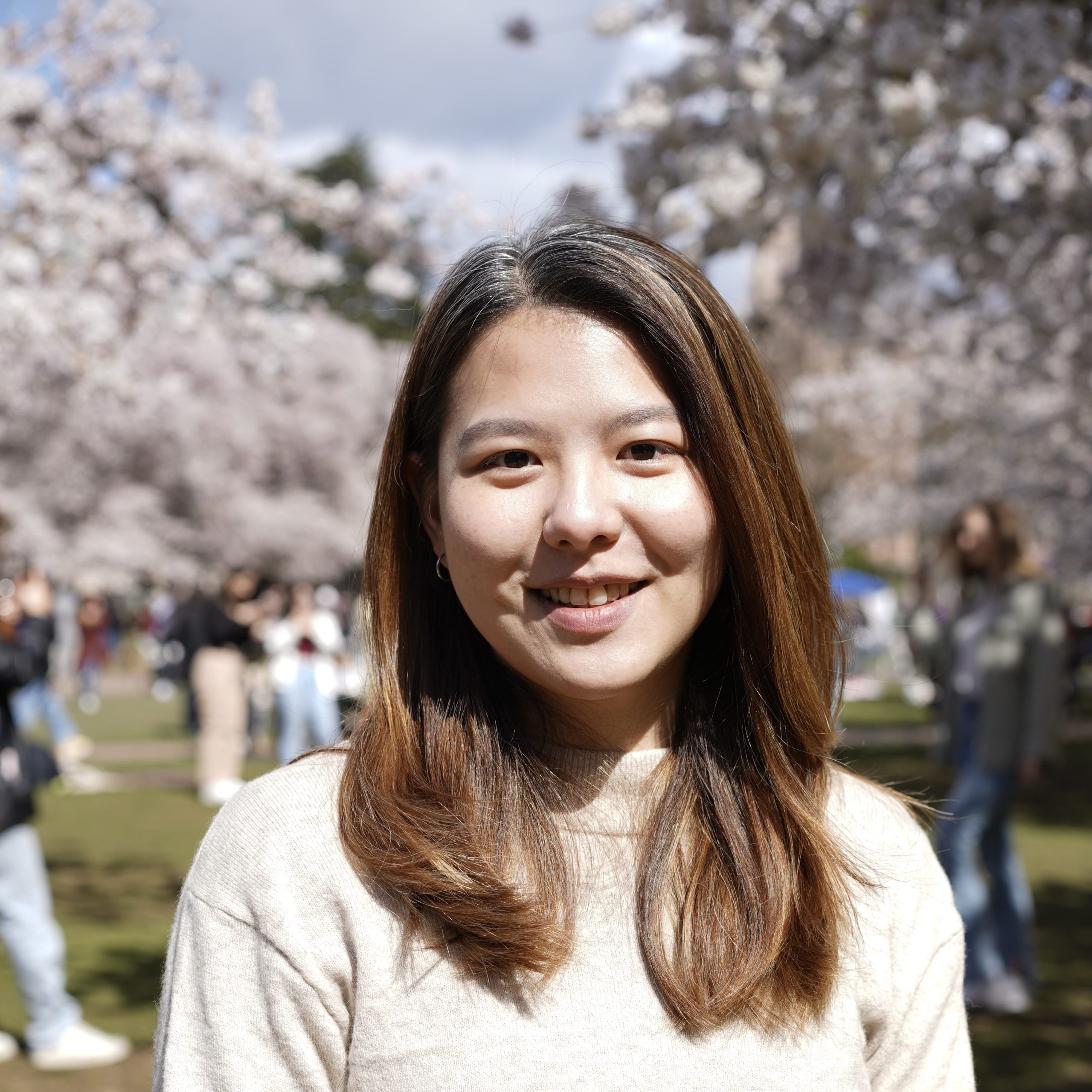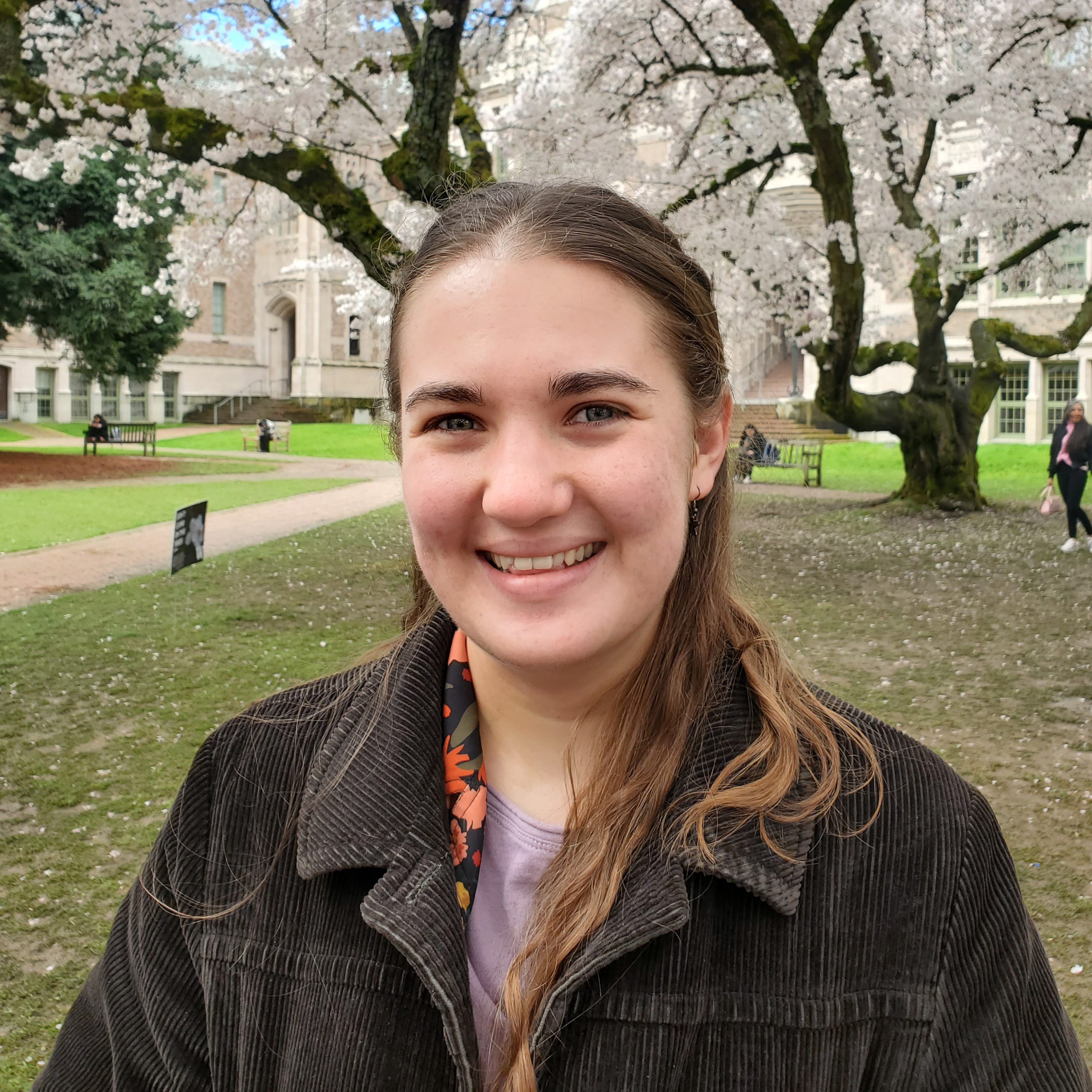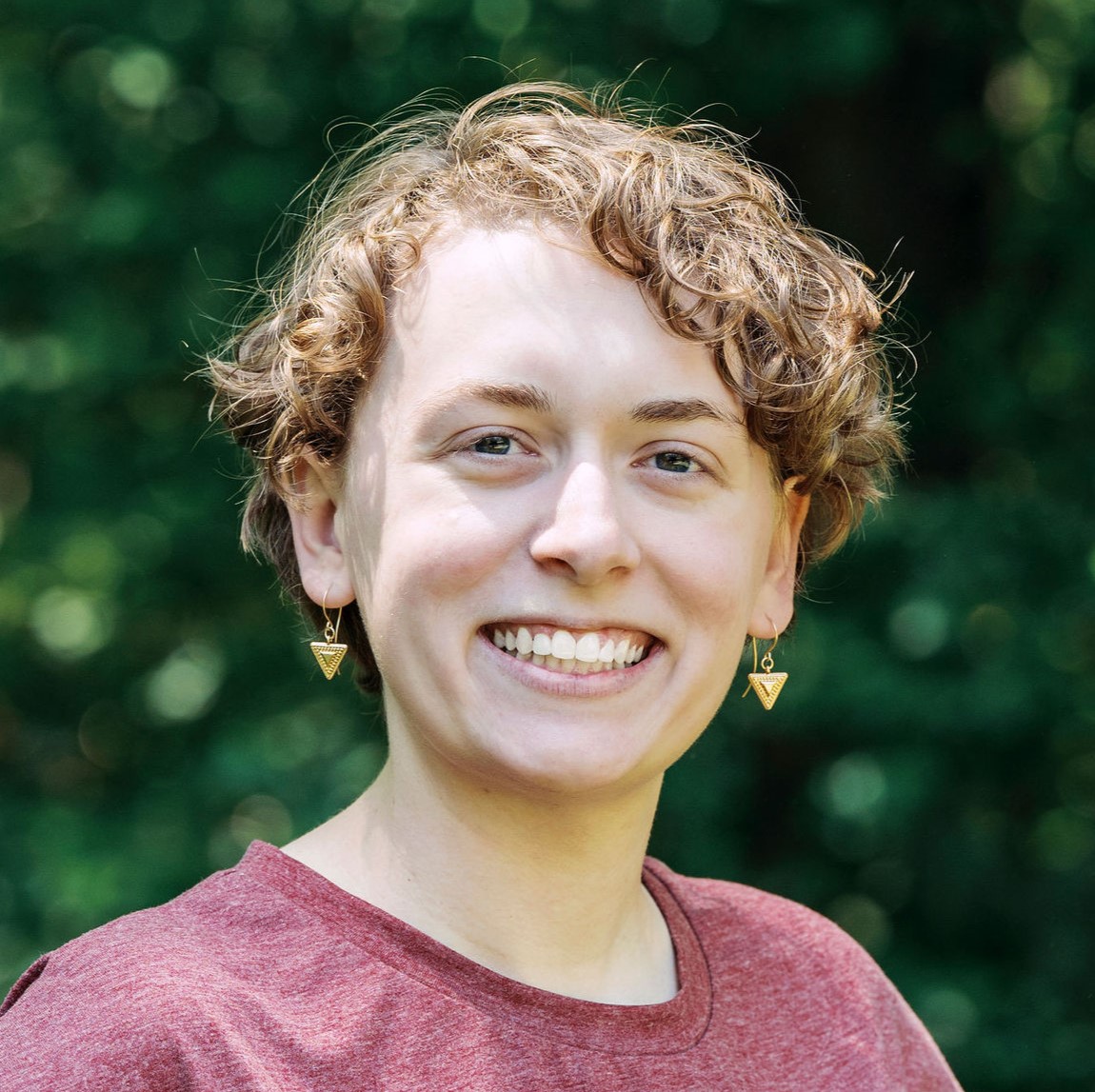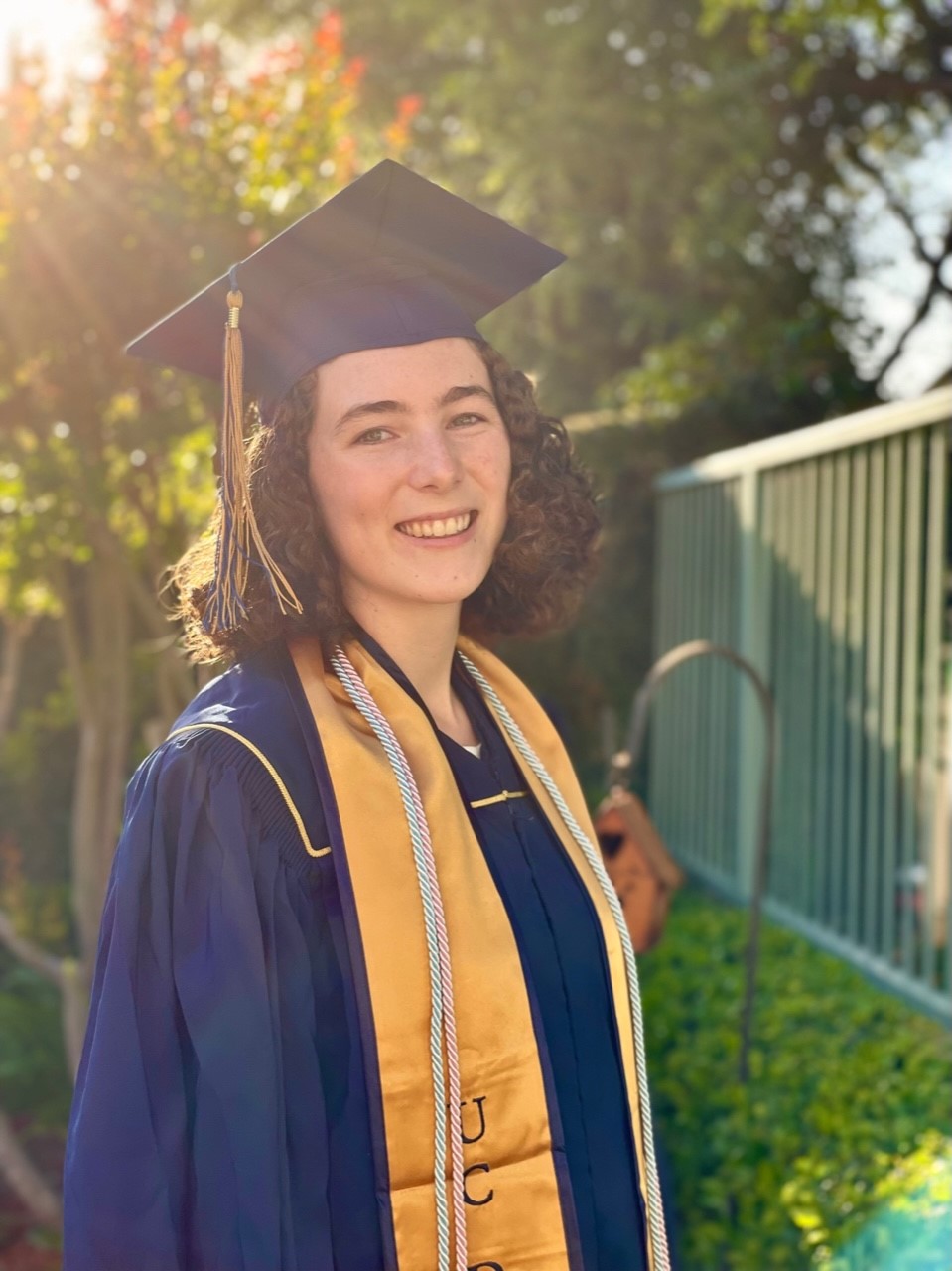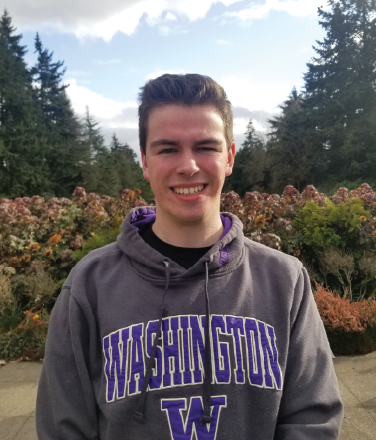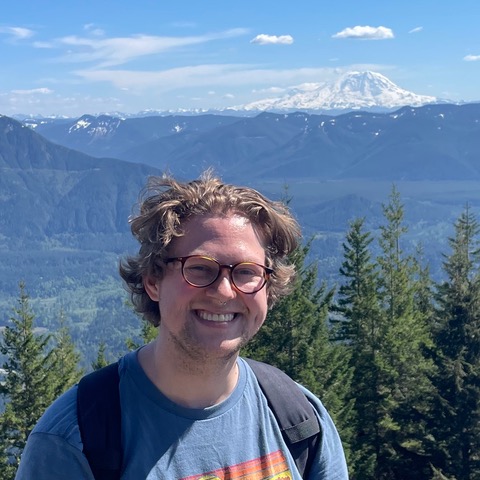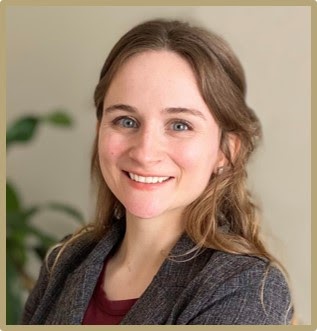Devin Rollins
I am a third year Ph.D. student in the Department of Chemistry. I study hybrid organic-inorganic materials in the lab of Professor Dianne Xiao where my research is focused on templating acid–base bifunctional sites in metal–organic framework (MOF) pores for cooperative catalysis, and ultimately developing robust catalysts for applications in biomass upgrading. I currently serve on the Chemistry Diversity and Equity Steering Committee, and hope to expand my outreach efforts with the Clean Energy Institute....
Abdul Moeez
Moeez is a PhD Student in Molecular Engineering program. He is advised by Prof. Lilo Pozzo. In Pozzo Research Group, he is currently working on developing workflows for autonomous experimentation by integrating techniques like Small Angle X-Ray Scattering, Photo-spectroscopy and Microfluidics along with Machine Learning and Artificial Intelligence. He has also worked with Prof. Jun Liu for his Masters in Materials Science and Engineering thesis on developing electrochemically stable cathodes for Sodium Ion Batteries. He is a Fulbright and Global UGRAD Alumnus....
Robert Love
I am a third-year graduate student in the Velian lab, were my research focuses on utilizing atomically-precise inorganic clusters, M3Co6Se8L6 (M = transition metal, L = Ph2PN(-)Tol) for the synthesis of site-differentiated clusters with different edge metals and as superatomic building blocks for the self-assembly of materials. The different edge metal identities on the site-differentiated cluster, M3-xM’xCo6Se8L6, will be leveraged for differential reactivity, such as for cascading catalysis. The self-assembly of materials using these clusters can be achieved by using polytopic organic and inorganic linkers to link the clusters together, and by utilizing two different clusters to form binary charge-transfer solids....
Meng-Yen Lin
Construction materials account for more than 10% of CO2 global emissions, highlighting the surging need for low-carbon building materials. Introducing carbon-sequestrating fillers in building materials with low-emission processes increases the possibility of decreasing the environmental impact of building materials. Deconvoluting the effects of chemical compositions of fillers and microstructure on the mechanical performance, insulation properties, and carbon sequestration ability of composites is crucial to the application. My research focuses on developing manufacturing methods using carbon-storing biobased materials to improve the mechanical properties and energy efficiency of green construction materials. Advisor: Eleftheria Roumeli — Materials Science & Engineering...
Kuotian Liao
I am a third year PhD student in Materials Science and Engineering at the University of Washington. I work with professor Eleftheria Roumeli in developing novel bio-based polymeric materials that are both lower in life-cycle emission than traditional polymers and are biodegradable from fully-renewable biomass feedstocks. My research aims to understand the interactions and bonding between different constituents of biopolymer and biocomposite systems and to unlock the underlying correlations between raw materials, processing conditions and the properties of the final product....
Helen Larson
Precise synthesis of quantum dots, rods, and wires with tunable light emission enables energy efficient optoelectronic technologies, and indium phosphide (InP) is a promising replacement for highly toxic cadmium- or lead-containing semiconductors. My research as a fourth year graduate student in the Cossairt Lab focuses on mechanistic understanding of InP nanocrystal synthesis with less toxic precursors and lower energy input. I am investigating my recent discovery of a new synthesis for InP nanorods requiring lower energy input and fewer precursors than existing syntheses. I aim to establish design rules to grow nanorods with diameters around 5 and 500 nanometers to study their exciting photoluminescence...
Jessica Kline
I graduated from Michigan State University in 2021 with a BS in Chemistry. I am currently a third-year PhD candidate in the Department of Chemistry working in David Ginger's lab. My research focuses on studying the surface chemistry of perovskite quantum dots using single-particle microscopy. In my spare time I enjoy reading, biking and hiking....
Sarah Edwards
Magnetism and ordered phases in quantum materials have many applications, from energy-efficient data storage to superconductors that can transport electricity perfectly with no losses. In my work as a PhD student under Dr. Jiun-Haw Chu, I synthesize and study single crystals of quantum materials in order to figure how what makes their electronic and magnetic properties tick. In particular, my research focuses on strain as an axis of control- by manually altering the symmetry of a crystal, we can induce changes in the magnetic ordering, manipulate the population of spin domains, and investigate underlying behavior that couples to strain, such as nematicity, a phase...
Grant Dixon
My name is Grant Dixon and I am a third year chemistry graduate student working in the lab of Dr. Brandi Cossairt. My research utilizes synthetic chemistry to study the photophysical behavior of colloidal nanocrystals as a function of chemical transformations on surfaces and across interfaces. Colloidal nanocrystals are of interest for next-generation, high-efficiency lighting technologies due to their size-dependent and surface-sensitive optical properties. Realizing these technologies at scale requires precise, deterministic synthetic developments that afford desired photophysical outcomes, which are historically lacking. I am approaching this problem through the synthesis of atomically-precise nanocrystal molecules with rigid ligand networks to resolve the influence of ligand dynamics and diffusion with high atomic-fidelity, and...
Connor Dalton
My research is broadly focused on synthetic methods of introducing porosity to semiconducting or magnetically ordered materials. More specifically I focus on the incorporation of silsesquioxane 'pillars' between layers of two-dimensional perovskites. Introducing porosity into perovskites increases surface area for applications in energy storage and catalysis and allows for post-synthetic modification through intercalation of small molecules. Advisor: Doug Reed — Chemistry...
Jack Barlow
I am a third year physics graduate student working with Prof. Xiaodong Xu studying low-dimensional optoelectronic systems. My research is focused on understanding the properties of 2-dimensional topologically non-trivial condensed matter systems from optical and transport probes, as well as designing and fabricating heterostructures with 2-d materials which may exhibit interesting topological physics....
Julie Rorrer
Julie Rorrer is an Assistant Professor of Chemical Engineering at the University of Washington. She joined the UW in January 2023 after completing postdoctoral research as an Arnold O. Beckman Postdoctoral Fellow at the Massachusetts Institute of Technology (MIT). She earned her Ph.D. in Chemical Engineering at the University of California-Berkeley and her B.S. in Chemical Engineering at Arizona State University. The Rorrer Lab leverages tunable heterogeneous catalytic systems to enable sustainable chemical transformations including the chemical upcycling of waste plastics, and catalytic upgrading of biomass-derived platform molecules. By developing targeted active catalytic sites to enable new chemical transformations and leveraging advanced characterization techniques, we...





